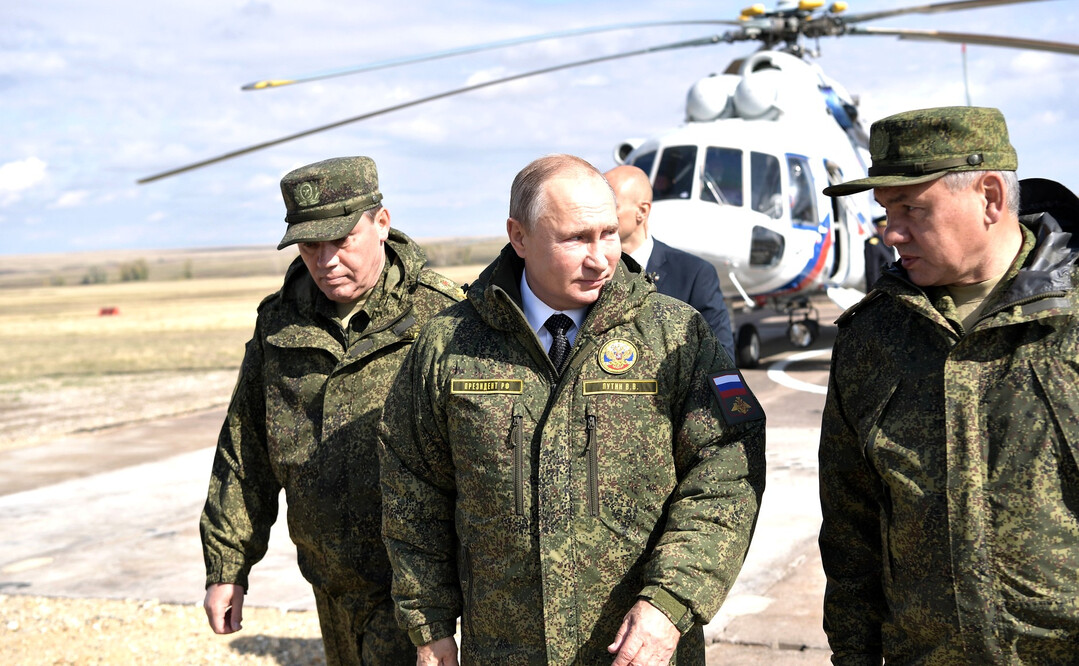
MOSCOW — Russian President Vladimir Putin donned a military uniform on September 16 to personally observe the large-scale joint military exercise, 'Zapad 2025', with Belarus, sending a clear message to NATO. The drills, which showcased a significant deployment of troops and advanced military hardware, took place at the Mulino training ground in the Nizhny Novgorod region of Russia.
The event marked the culmination of the five-day strategic exercise, which spanned across Russia, Belarus, the Baltic Sea, and the Barents Sea. Putin, accompanied by high-ranking officials including Defense Minister Andrei Belousov, was briefed on the operation and inspected various weapon systems and military equipment. The President emphasized that the drills were focused on "handling all elements necessary to protect the sovereignty and territory and defend the Union State from any aggression."
Key Highlights of the Drills
According to President Putin, the exercises involved 100,000 troops and approximately 10,000 weapon and equipment systems. He noted that the equipment used was modern and battle-tested, with the training plans incorporating lessons learned from the "special military operation" in Ukraine. A key focus was the extensive use of drones, ground-based robotic systems, and electronic warfare equipment. The Russian Ministry of Defense also reported that the drills included a marine landing exercise on the coast of the Russian exclave of Kaliningrad.
After the observation, Putin expressed gratitude to the foreign military and diplomatic representatives who were present. Official reports cited by Russian media indicated that military delegations from Bangladesh, India, and Iran, as well as operational groups from Burkina Faso, Congo, and Mali, participated in the exercises. In addition, around 100 military delegates and observers from 55 countries were present at the Mulino training ground.
NATO Concerns and Diplomatic Presence
While Russia and Belarus have consistently maintained that the Zapad exercises are routine and not aimed at any third party, these drills have been met with caution by Western nations. This apprehension is heightened by recent instances of Russian drones reportedly violating the airspace of NATO member countries.
Interestingly, the drills also saw the presence of military representatives from NATO member countries. On September 15, a delegation including U.S. Air Force Lieutenant Colonel Brian Shoof observed a portion of the exercises in Belarus. Belarus confirmed that representatives from three NATO allies—the U.S., Hungary, and Turkey—were in attendance. The presence of these NATO observers adds a layer of complexity to the geopolitical landscape surrounding the drills, as it suggests a cautious form of engagement despite the underlying tensions.
The Zapad exercises, which are held every four years, serve as a powerful demonstration of the military alliance between Russia and Belarus. Putin's direct involvement, especially in a military uniform, underscores the strategic importance of these drills in projecting power and preparedness on the international stage.
[Copyright (c) Global Economic Times. All Rights Reserved.]






























